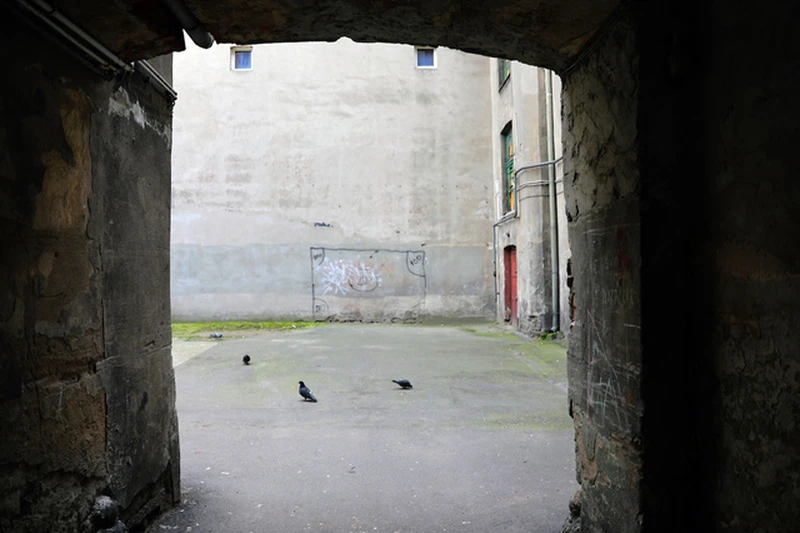Magda Stawarska-Beavan: Spaces and Moments
24 Sep 2020-30 Jan 2021


Through a process of listening to first-hand accounts of Polish Jewish women’s lives, days spent walking the streets of Lodz in her native Poland and hours of perusing through street plans, maps and architectural drawings in the archive, Magda Stawarska-Beavan has embarked upon a project which allows us to glimpse the traces of lives obliterated, songs unheard, clothes unmade and fabulous buildings replaced by busy parking lots and scruffy children’s parks. What have the natives leave to share about the city, and what can a stranger hear and see more clearly because of unfamiliarity? In the main gallery on the ground floor are delicate panels of printed and hand-painted paper wafting and fluttering from the ceiling, which depict, in shades of sublime grey, copper, cream, ochre and terracotta, strange and unhappy rooms where the old slow rituals of parting and farewell have long since faded from their mysterious interiors. The image of old trees, wrought iron works and gravestones are accompanied by the background music of birdsong and the traffic noise of today, but a dynamic layer of cultural fabric has been ripped from the landscape and has never been replaced or mended. Continuing to the downstairs galleries, a number of architectural plans and drawings hang expectantly, waiting to be turned into places to live or to worship. Layered on top of these the audience finds the same ornate and sacred buildings now reduced to empty spaces; the moving images of the city, including its courtyards, streets, shops and workplaces, are slowly smeared across the wilful destruction of a vibrant layer of life at the heart of an industrial city. Her desire to help audiences remember what has been lost or forgotten has driven the artist to create the exhibition, quiet in appearance, but daring in concept. This desire is lined with tender affection: the artist painstakingly unfolds the city’s hidden narratives by tracing its history with much care, always with deeply felt connection with the subjects. This sense of connection, of roots, or belonging, is what makes this show feel unambiguously humane.